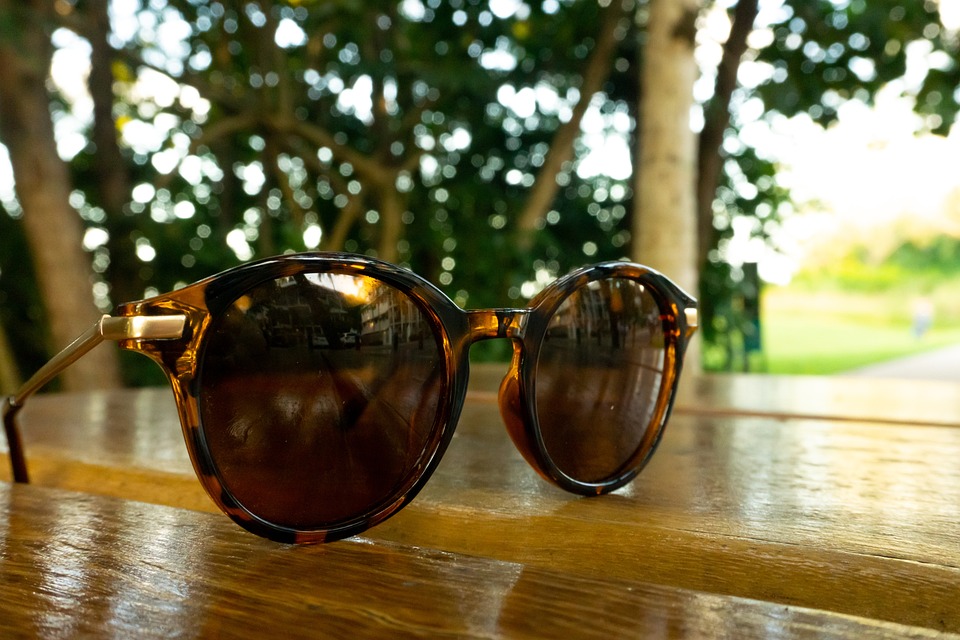As parents, we all want to protect our children from harmful UV rays while allowing them to enjoy time outdoors. Sunscreen is a crucial part of this protective strategy, but amidst an ocean of misinformation, it’s vital to distinguish fact from fiction. Here, we debunk some common sunscreen safety myths and provide essential facts every parent should know to keep their kids safe under the sun.
Myth 1: Sunscreen Isn’t Necessary for Cloudy Days
Fact: UV Rays Penetrate Clouds
Many parents believe that sunscreen is only necessary on sunny days. However, up to 80% of UV rays can penetrate through clouds, meaning that even on overcast days, your child is still at risk of sunburn and skin damage. It’s essential to apply sunscreen whenever your child will be outdoors, regardless of the weather.
Myth 2: Higher SPF Means Better Protection
Fact: SPF Isn’t the Only Factor
While higher SPF does offer more protection, it’s a common misconception that SPF 50 provides twice the protection of SPF 25. The truth is, SPF 30 blocks about 97% of UVB rays, while SPF 50 blocks about 98%. Additionally, factors such as water resistance, broad-spectrum protection, and application techniques are equally important in effective sun protection. Parents should focus on applying sunscreen generously and reapplying it every two hours—especially after swimming or sweating—regardless of the SPF rating.
Myth 3: Chemical Sunscreens are Unsafe for Kids
Fact: Chemical vs. Mineral Sunscreens
Concerns about the safety of chemical sunscreens have led many parents to favor mineral-based options containing zinc oxide or titanium dioxide. While it’s true that some children may have sensitivities to certain chemical ingredients, the FDA states that the currently approved chemical sunscreens are generally considered safe when used as directed. For parents concerned about chemical exposure, mineral sunscreens provide an effective alternative, often considered safer due to their physical mode of action and lack of absorption into the skin.
Myth 4: Sunscreen is Only Needed During Summer
Fact: Sun Protection is a Year-Round Necessity
The damaging effects of UV radiation are not limited to summer months. Children can be exposed to harmful rays year-round, especially during outdoor activities like skiing or playing in the snow, as snow can reflect UV rays. Additionally, UV radiation is still present during winter months, so it’s crucial to make sunscreen application an all-season practice.
Myth 5: Once You Apply Sunscreen, You’re Protected All Day
Fact: Reapplication is Key
Many people assume that applying sunscreen in the morning is enough to carry through the day. However, sunscreen can wear off due to sweating, swimming, and even the natural oils in our skin. Reapplying sunscreen every two hours is essential—more often if your child is swimming or playing vigorously. Stick to a routine where your child knows to reapply sunscreen after these activities or whenever they come inside to cool off.
Myth 6: All Sunscreens are Created Equal
Fact: Not All Sunscreens Offer Broad-Spectrum Protection
Many sunscreens only protect against UVB rays, which are primarily responsible for sunburn. However, UVA rays can penetrate deeper into the skin and contribute to skin cancer and premature aging. Look for products labeled "broad-spectrum," which means they offer protection against both UVA and UVB rays. Additionally, check the ingredients to ensure that your selected sunscreen is appropriate for your child’s skin type, especially if they have sensitive skin or allergies.
Conclusion: Knowledge is Power
As parents, understanding sunscreen safety can help us make informed choices for our children’s health. By debunking these common myths and committing to proper sunscreen application, we can ensure that our kids enjoy sunny days while being well-protected. Always consult your pediatrician if you have concerns about specific products or your child’s skin sensitivity. Happy sun-safe parenting!
